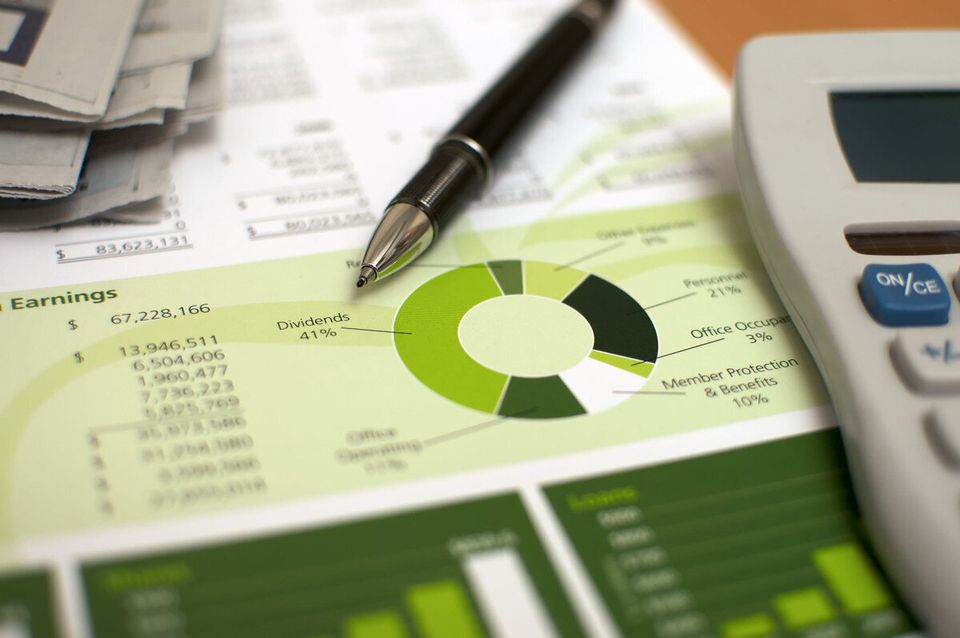
As promised, here is the sequel to my blog "Why Canadians Are Being Set Up to Fail for Retirement." When it comes to dealing with money, there are two simple ways to break it down: things you can control and things you can't. Once you understand the things that you can control, the next thing is to "try" not to worry about the things you can't. Here are my top five ways to take control.
1. Investment Choices
If you're involved with a company defined contribution plan (DCPP) or group RRSP, you may only have control of the investment choices. If that's all you have control over, then make sure you understand what costs are associated with each investment and how to get the best results from your choices.
The contributions to these plans should be monthly so dollar cost averaging and market volatility can work in your favour.
2. Dollar Cost Averaging
Dollar cost averaging is a basic investment strategy where you buy a fixed dollar amount of a particular investment on a periodic schedule. When values are down, you end up buying more shares or units. When values are up, you buy less. Over time, you should be able to accumulate more shares as you buy through the down markets.
If you're in a DCPP or group RRSP, you should be looking for investments that are more volatile like small and mid-cap equity funds, international equity funds, large cap equity funds and long term bond funds (I'm only suggesting long-term bond funds now because when interest rates start to rise, these investments are going to get hammered -- remember that volatility in this case is good).
You want to invest like this until you're about five years away from retirement, then you want to start preparing to get your money out of these things.
If, under the terms of your plan, you have the opportunity to transfer your money out on a regular basis, then I suggest you don't follow the advice above and instead accumulate your money in a money market fund and move it out ASAP.
3. Reduce Your Investment Costs
Your investments on the outside should be a combination of individual securities and, where applicable, exchange traded funds. This can be done using a discount brokerage account. The purpose behind going this route is to reduce your costs -- this, in my opinion, is the most important, controllable thing you can do: reduce your investment costs.
If you're not involved with a DCPP or group RRSP and you're accumulating your retirement funds in a personal RRSP, then the same strategy applies. Do whatever you can to reduce your investment management costs.
If you don't know how much you're paying for investment management, then there's a 98 per cent chance you're paying too much. Why did I pick such a high percentage? Because most people own mutual funds and most mutual funds are charging way too much. I know this because I used to sell them. If you must own mutual funds, then own the lowest cost index funds you can find (Vanguard is a good place to start looking).
When you're dealing with your retirement investments, the costs are going to be with you as long as you have money invested. A 1 per cent reduction in cost can save you tens maybe hundreds of thousands of dollars over your lifetime.
4. Amount of Contribution
Another thing you may have control over is your contribution amounts. If you have the opportunity to make more frequent deposits than monthly, then take the opportunity to do so. The more frequently you can make deposits, the better dollar cost averaging can work.
If you're involved with a DCPP or group RRSP that has an employer matching program, take full advantage of it. Don't leave any free money "on the table."
5. The Taxes Your Employer Remits on Your Behalf
Another thing you have control over is the amount of taxes your employer remits on your behalf. If you're making regular RRSP contributions, you can request a reduction in your source deductions which means that you don't have to wait for a tax refund.
For example, if you're in a 30 per cent tax bracket, your employer is going to send $300 to Ottawa for every $1,000 you earn. If you're making RRSP contributions with after tax dollars you may only be able to afford to make a $2,000 RRSP contribution. This in turn will give you a $600 tax refund. If instead you were to make arrangements with your employer to reduce the amount of taxes they remit you could then afford make a $2,900 RRSP contribution because you're making the contribution with pre-tax dollars ($2,900 x 30% = $870 which is the same as net $2,030).
In order to do this, you have to be making periodic payments to an RRSP, you have to complete a new TD1 form and you have to also complete and submit a T1213 form to CRA. You should be able to do this with the help of your employer. If you want more information, you can go to the CRA website www.cra.gc.ca/tso or call their office at 1-800-959-8181.
